- Joined
- Jan 14, 2018
- Messages
- 22
Hi everyone! I´m back again and this time I´m ready to take the plunge! 
We´ve decided on a 0.5 E VS1 for her ring and there are 4 options to pick from (no need to pick out anything else, these are our perfect specs )
)
I usually feel like these threads are a bit silly since the differences are almost negligible in a selection this narrow... I guess it doesn´t really matter which one I pick since all of them should be good but I was wondering if there´s a favorite after all and why? (There´s always more to learn!)
The hearts seem skewed in some of them, is that just bad photography? I thought these were supposed to be superbly cut?
1) https://www.hpdiamonds.com/en-us/diamonddetail/HPD9765
2) https://www.hpdiamonds.com/en-us/diamonddetail/HPD9770
3) https://www.hpdiamonds.com/en-us/diamonddetail/HPD9773
4) https://www.hpdiamonds.com/en-us/diamonddetail/HPD9819
Thank you! The ending is in sight!
We´ve decided on a 0.5 E VS1 for her ring and there are 4 options to pick from (no need to pick out anything else, these are our perfect specs
I usually feel like these threads are a bit silly since the differences are almost negligible in a selection this narrow... I guess it doesn´t really matter which one I pick since all of them should be good but I was wondering if there´s a favorite after all and why? (There´s always more to learn!)
The hearts seem skewed in some of them, is that just bad photography? I thought these were supposed to be superbly cut?
1) https://www.hpdiamonds.com/en-us/diamonddetail/HPD9765
2) https://www.hpdiamonds.com/en-us/diamonddetail/HPD9770
3) https://www.hpdiamonds.com/en-us/diamonddetail/HPD9773
4) https://www.hpdiamonds.com/en-us/diamonddetail/HPD9819
Thank you! The ending is in sight!





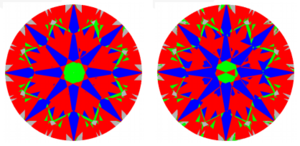
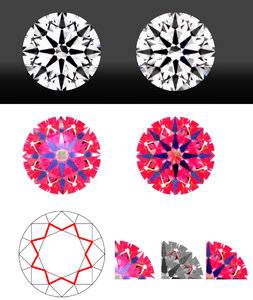
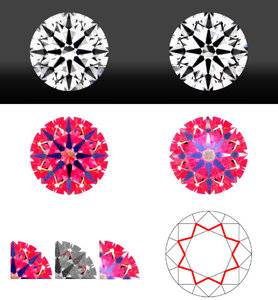
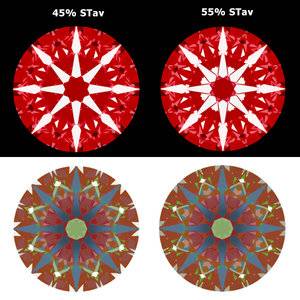
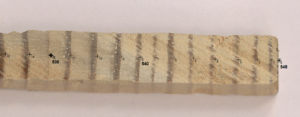


300x240.png)